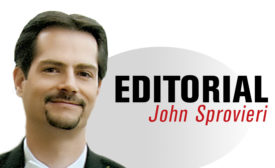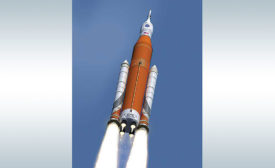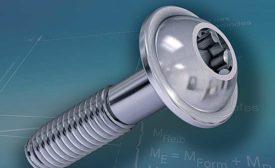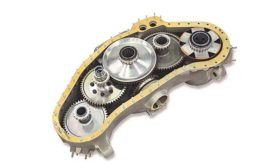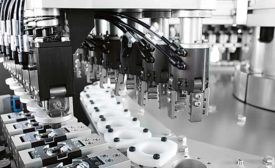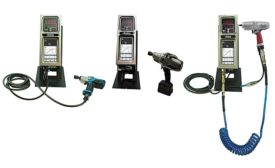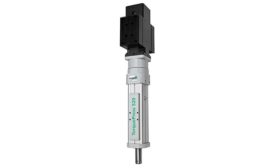Articles by John Sprovieri
Software Aids Design of Wire Harness for NASA's New Rocket
NGIS increases cable design productivity for NASA rocket by moving to a digital design process
July 13, 2018
Screwdriving for Sheet Metal Assembly
High-strength alloys and ever-thinner gauges are complicating the process of fastening sheet metal assemblies
July 10, 2018
What’s New With DC Electric Tools
DC electric fastening tools improve error proofing, quality control and flexibility
June 4, 2018
Electric Presses Offer Many Benefits to Assemblers
As electric presses gain market share, suppliers are coming up with innovative ways to stand out
May 8, 2018
Never miss the latest news and trends driving the manufacturing industry
Stay in the know on the latest assembly trends.
JOIN TODAY!Copyright ©2024. All Rights Reserved BNP Media.
Design, CMS, Hosting & Web Development :: ePublishing
